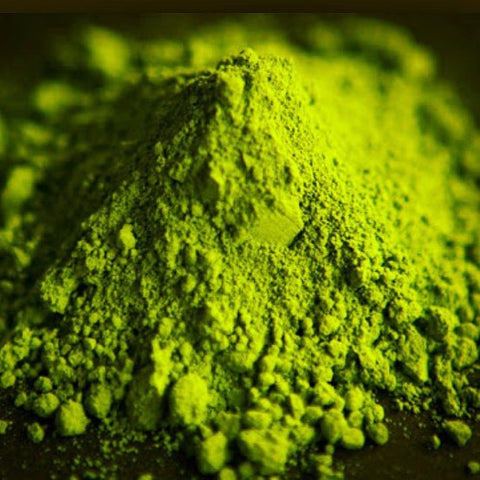Remember the idiom “Don’t judge a book by its cover?” Well, with Matcha, you have to do the opposite. You do have to judge it, albeit by its colour. High quality Matcha will have a bright spring green colour. The importance of the shade cannot be stressed enough when it comes to decoding Matcha’s quality. Not only does a brighter shade of spring green equal good flavour, it also indicates a much better antioxidant boost.

Because of its super-complicated and time-intensive cultivation process, the price of quality Matcha is the way it is. It's a premium tea which is getting more and more popular every day. But not all Matchas are created equal, and if you’ve ever settled for a low quality variety, you will know just how stunning high quality Matcha is in comparison, and how well worth the investment.
Culinary grade Matcha is comparatively much cheaper. But it is not meant to be consumed as tea. As the name suggests, it is meant to be used as an ingredient for cooking or baking.
Some say that with Matcha, you get what you pay for. Unfortunately, that’s not always the case. Price can be an indication of quality, but not always. There are massive differences in the quality of ceremonial grade Matcha sold by different sellers. That is to say, no two Matchas are alike. Even if they both are ceremonial grade. Every Matcha cultivar is slightly different, and it depends a lot on the experience and skill of the tea master and on the harvest. These difference reflect in the taste and health benefits as well as in the price.
In Japan, the difference between grades is quite prominent. Lower grade Matcha (culinary), middle grade Matcha, high grade premium Matcha, and ceremonial grade Matcha. There are even tea tasting sessions to find the best Matcha. Yes, they take their Matcha seriously. And this brings us to the next point.
There are a few reasons for this such as:

Matcha green tea is basically just powdered green tea. But it’s not the only powdered green tea that Japan produces. There are others available in Japan which are less costly yet of good quality. But these are not Matcha.
Matcha is the result of diligent cultivation, precise attention to detail and generations of experience.
The leaf processing technique used for making Matcha is special as well, in that it is used only for making Matcha leaves, with special equipment which are used for this purpose only.


Comments will be approved before showing up.